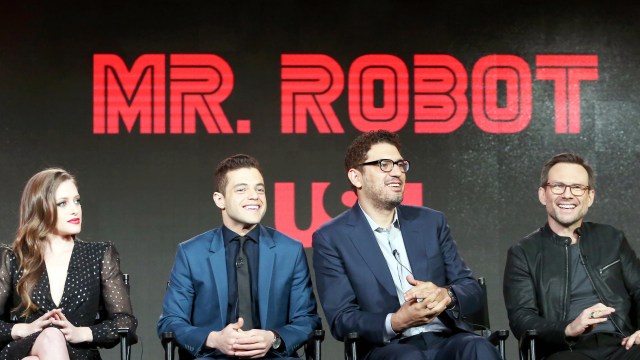What will it mean if LIGO sees gravitational waves?
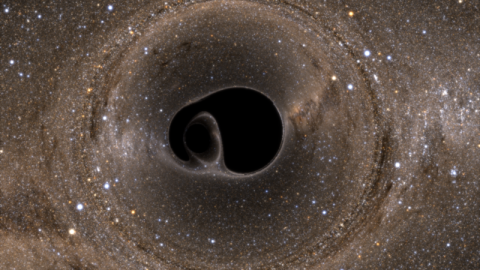
Just two days before its data was released, I wrote this story on what it all means. Come get the scoop!
“Einstein’s gravitational theory, which is said to be the greatest single achievement of theoretical physics, resulted in beautiful relations connecting gravitational phenomena with the geometry of space; this was an exciting idea.” –Richard Feynman
For over a decade, to very little fanfare, a new type of astronomy has been going on: gravitational wave astronomy. Rather than using a telescope to look out at the Universe, a gravitational wave detector uses lasers, fired and reflected perpendicular to one another, and then reconstructed to create a specific interference pattern when they’re reunited.
Update: The First Detection Of Gravitational Waves Validates Einstein In A Whole New Way!
This apparatus — the Laser Interferometer Gravitational-Wave Observatory (LIGO) — demonstrated its proof-of-concept from 2002–2010, and then was shut down for five years while it was upgraded. In September of 2015, it was turned back on with the new upgrade (Advanced LIGO), and in just two days, the Advanced LIGO collaboration is going to make their first major announcement, and the speculation is this: that they’re going to announce the direct detection of the first gravitational wave. Here’s what that would mean.
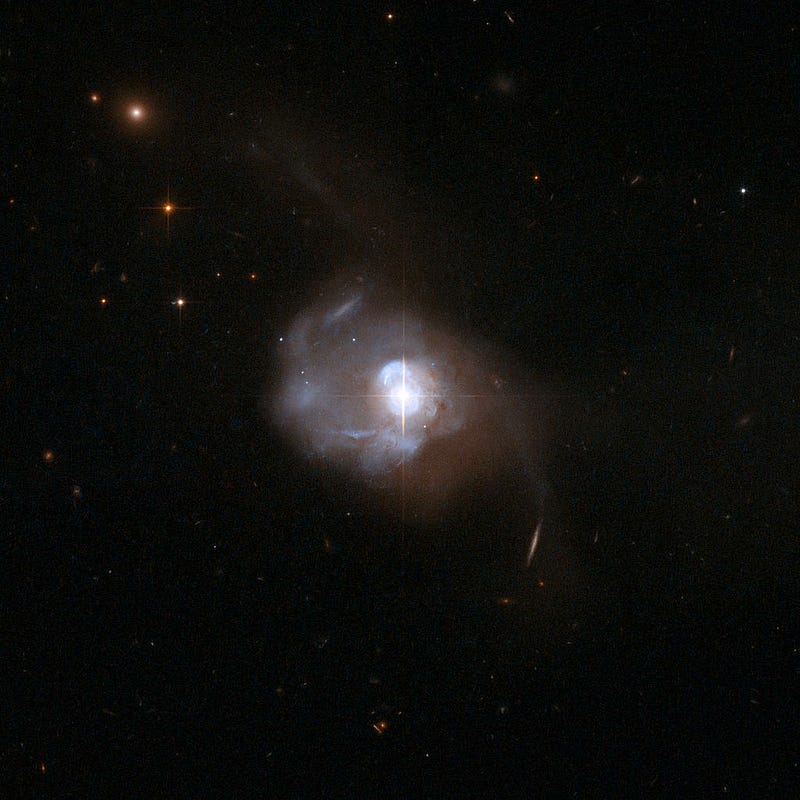
When Einstein’s General Relativity was first proposed, it was incredibly different from the concept of space and time that came before. Rather than being fixed, unchanging quantities that matter and energy traveled through, they are dependent quantities: dependent on one another, dependent on the matter and energy within them, and changeable over time. If all you have is a single mass, stationary in spacetime (or moving without any acceleration), your spacetime doesn’t change. But if you add a second mass, those two masses will move relative to one another, will accelerate one another, and will change the structure of your spacetime. In particular, because you have a massive particle moving through a gravitational field, the properties of General Relativity mean that your mass will get accelerated, and will emit a new type of radiation: gravitational radiation.

This gravitational radiation is unlike any other type of radiation we know. Sure, it travels through space at the speed of light, but it itself is a ripple in the fabric of space. It carries energy away from the accelerating masses, meaning that if the two masses orbit one another, that orbit will decay over time. And it’s that gravitational radiation — the waves that cause ripples through space — that carries the energy away. For a system like the Earth orbiting the Sun, the masses are so (relatively) small and the distances so large that the system will take more than 10¹⁵⁰ years to decay, or many, many times the current age of the Universe. (And many times the lifetime of even the longest-lived stars that are theoretically possible!) But for black holes or neutron stars that orbit each other, those orbital decays have already been observed.
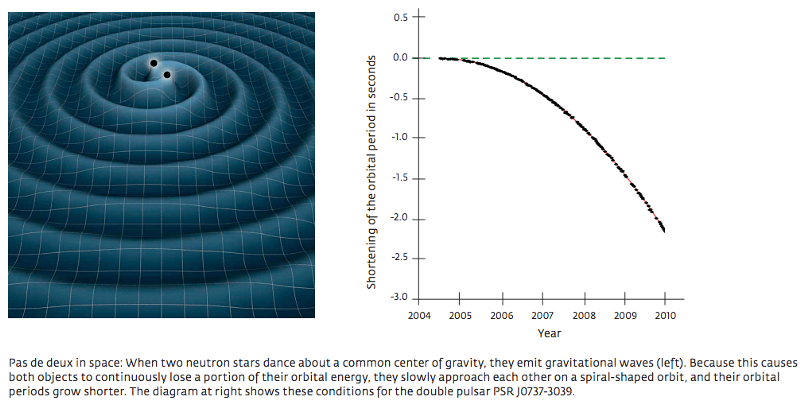
We suspect there are even stronger systems out there that we simply haven’t been able to detect, like black holes that spiral into and merge with one another. These should exhibit characteristic signals, like an inspiral phase, a merger phase, and then a ringdown phase, all of which result in the emission of gravitational waves that Advanced LIGO should be able to detect. The way the Advanced LIGO system works is nothing short of brilliant, and it takes advantage of the unique radiation of these gravitational waves. In particular, it takes advantage of how they cause spacetime to respond.
These ripples work by compressing and then expanding space in directions that are perpendicular to one another, with frequencies and intensities that are dependent on a number of properties of where they come from, such as the two masses that spiral into one another, their distance from one another, and their distance from us. Advanced LIGO shoots two lasers of identical frequencies/wavelengths perpendicular to one another down a shaft four kilometers in either direction, bounces them off of mirrors many times over (effectively increasing the path-length to thousands of kilometers), and then brings them back together, where they create an interference pattern with one another.
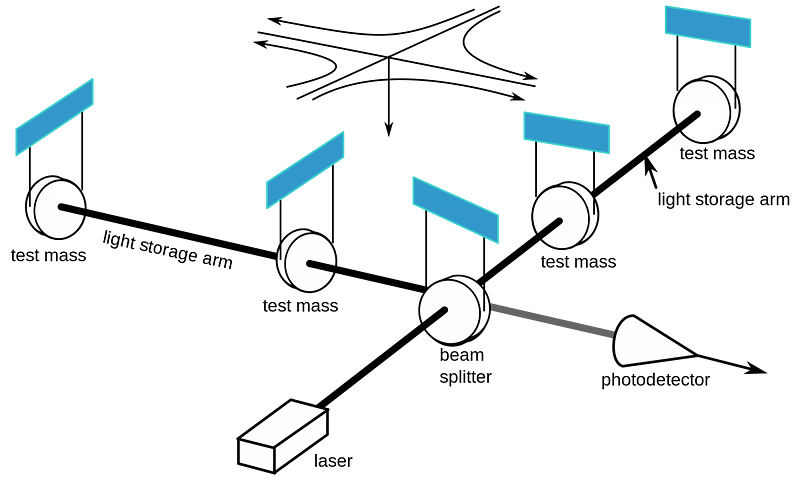
Under normal circumstances (where no gravitational waves pass through them), these path lengths are equal, and the interference pattern looks normal. But if a gravitational wave does pass through, that interference pattern will shift in a particular set of circumstances, and that shift will tell us the mass of each part of the system, how far apart they are and how distant they are from us.
We have two Advanced LIGO system set up: one in the northwest United States (in Washington) and one in the southeast United States (in Louisiana), and if both detectors see the same thing, we’ll catch our first gravitational wave! This version of LIGO should be most sensitive to two black holes between 1 and a few hundred solar masses merging together out to many millions of light years: something that’s expected to happen at least a few times a year.

If the collaboration does announce their first detected event this Thursday, they’ll not only have this information for us, it will be a brand new successful test of Einstein’s General Relativity, and the first direct evidence for gravitational radiation ever. Advanced LIGO is the most advanced gravitational wave observatory ever constructed, and the first one that ought to actually see a true signal. With nearly 1,000 scientists on board, it’s the largest scientific collaboration designed to search for them as well. If all goes as suspected, a new era of astronomy is about to begin.
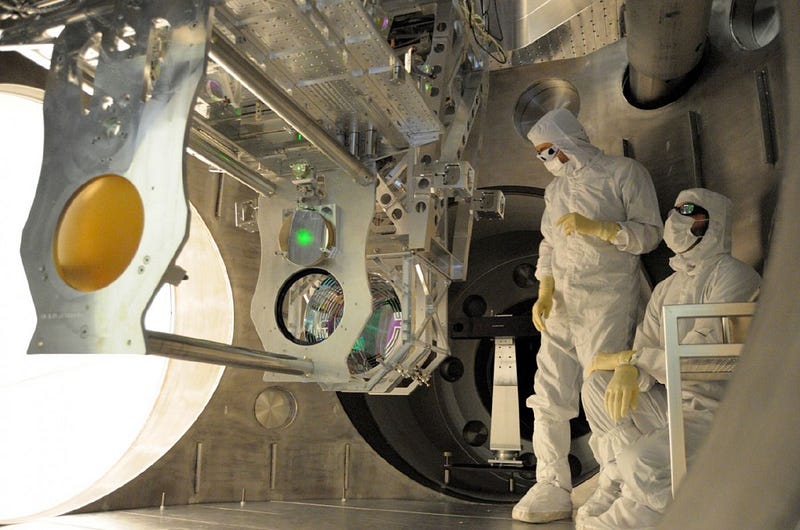
I’m very much against doing science by rumor — and I’m especially appalled at Lawrence Krauss for baselessly starting this rumor last year — as this is the LIGO team’s announcement to make. But if they find a gravitational wave, this is what it’ll teach us: that Einstein’s relativity is right, that gravitational radiation is real, and that merging black holes not only produce them, but that these waves can be detected. It’s a whole new type of astronomy — one that doesn’t use telescopes — and a whole new way to view black holes, neutron stars, and other objects that are otherwise mostly invisible. For the first time, we may be developing eyes for examining the Universe in a way that no living creature has ever examined it before.
Leave your comments on our forum, and check out our first book: Beyond The Galaxy, available now, as well as our reward-rich Patreon campaign!





